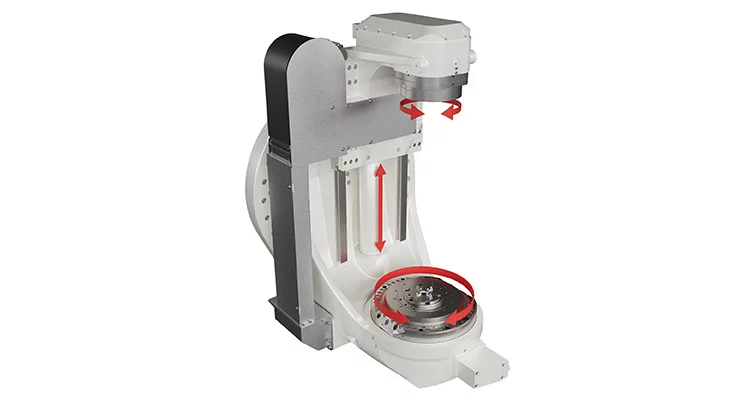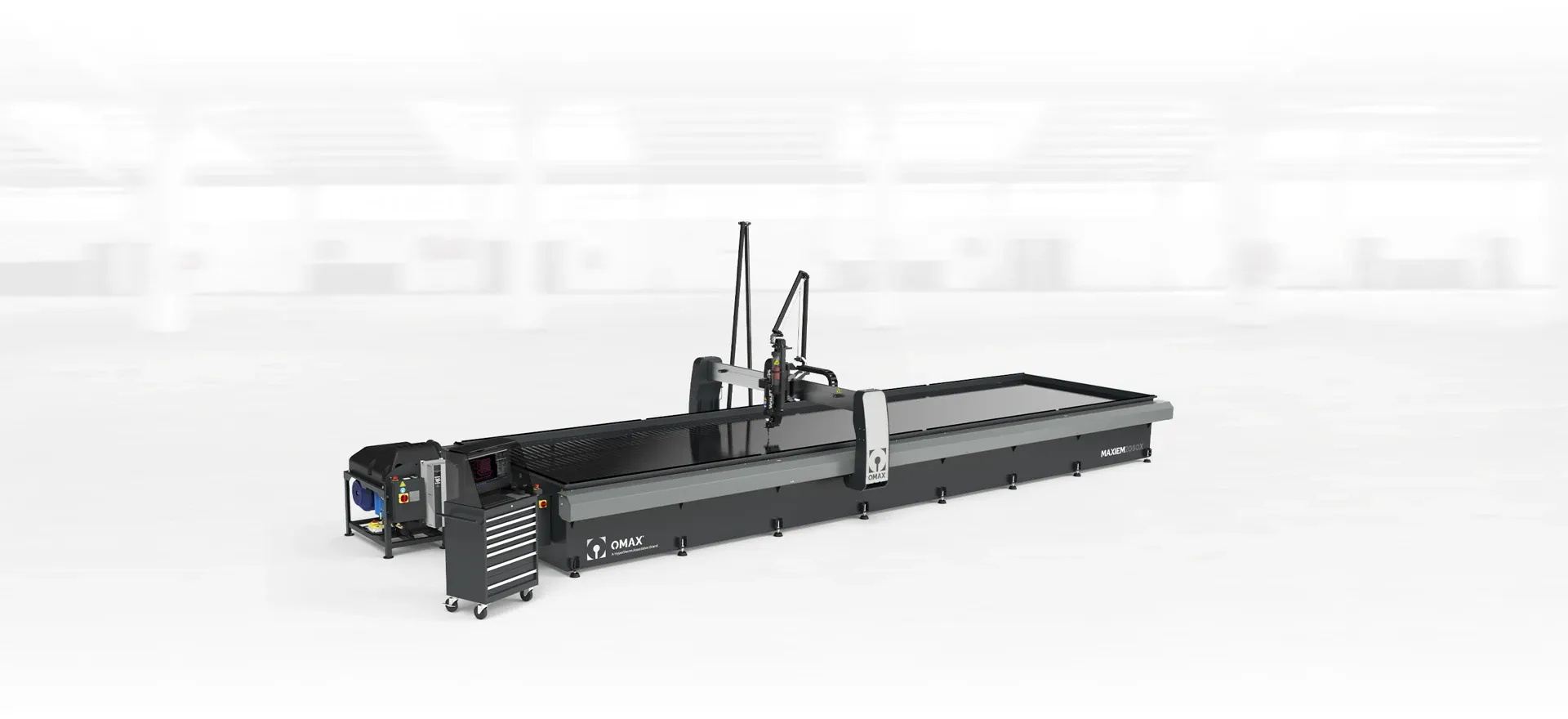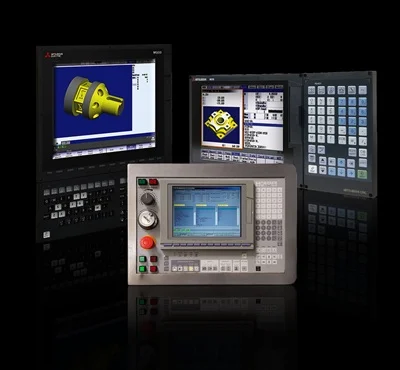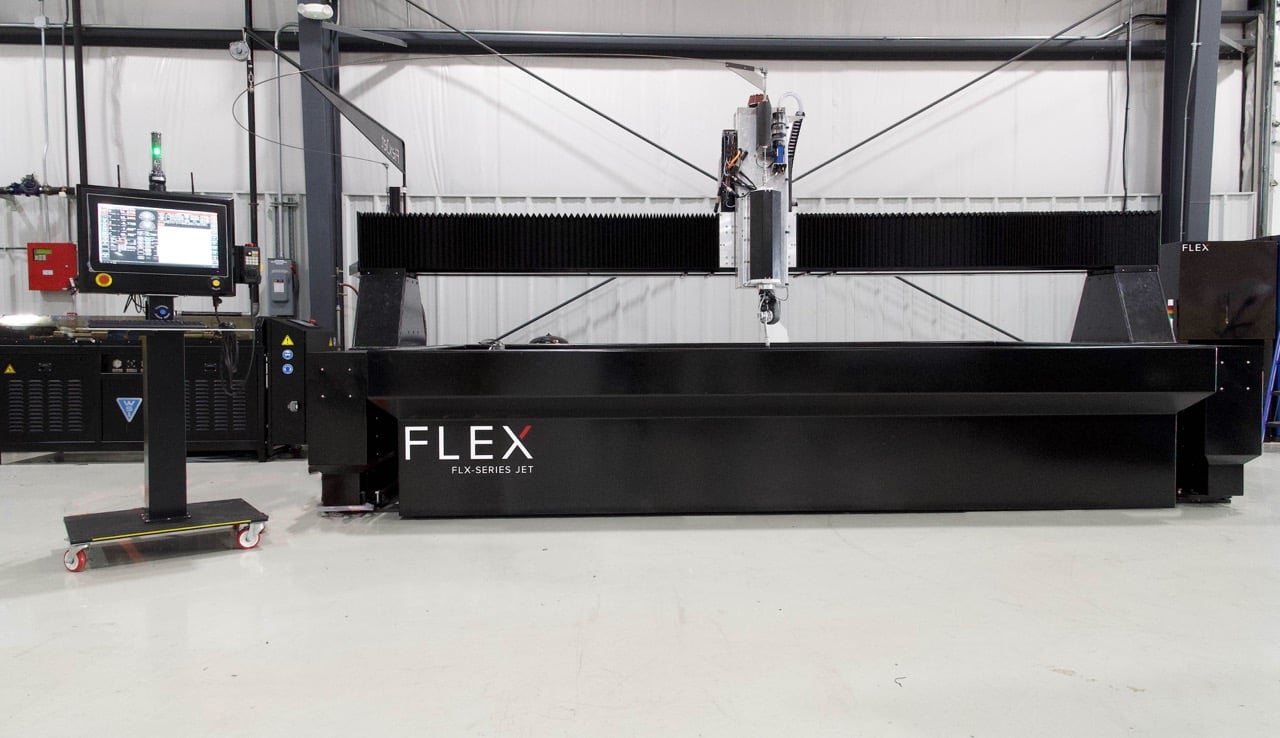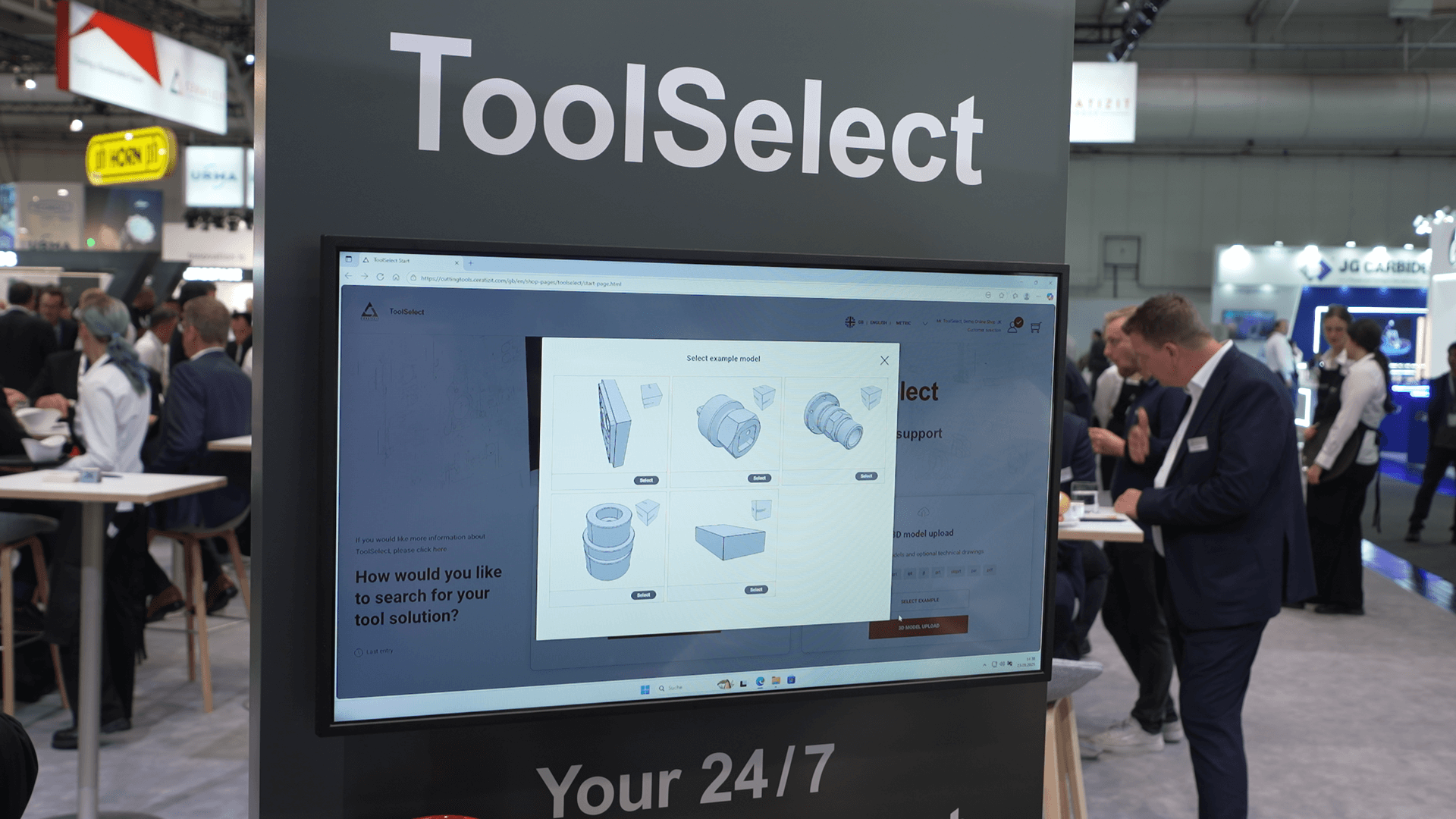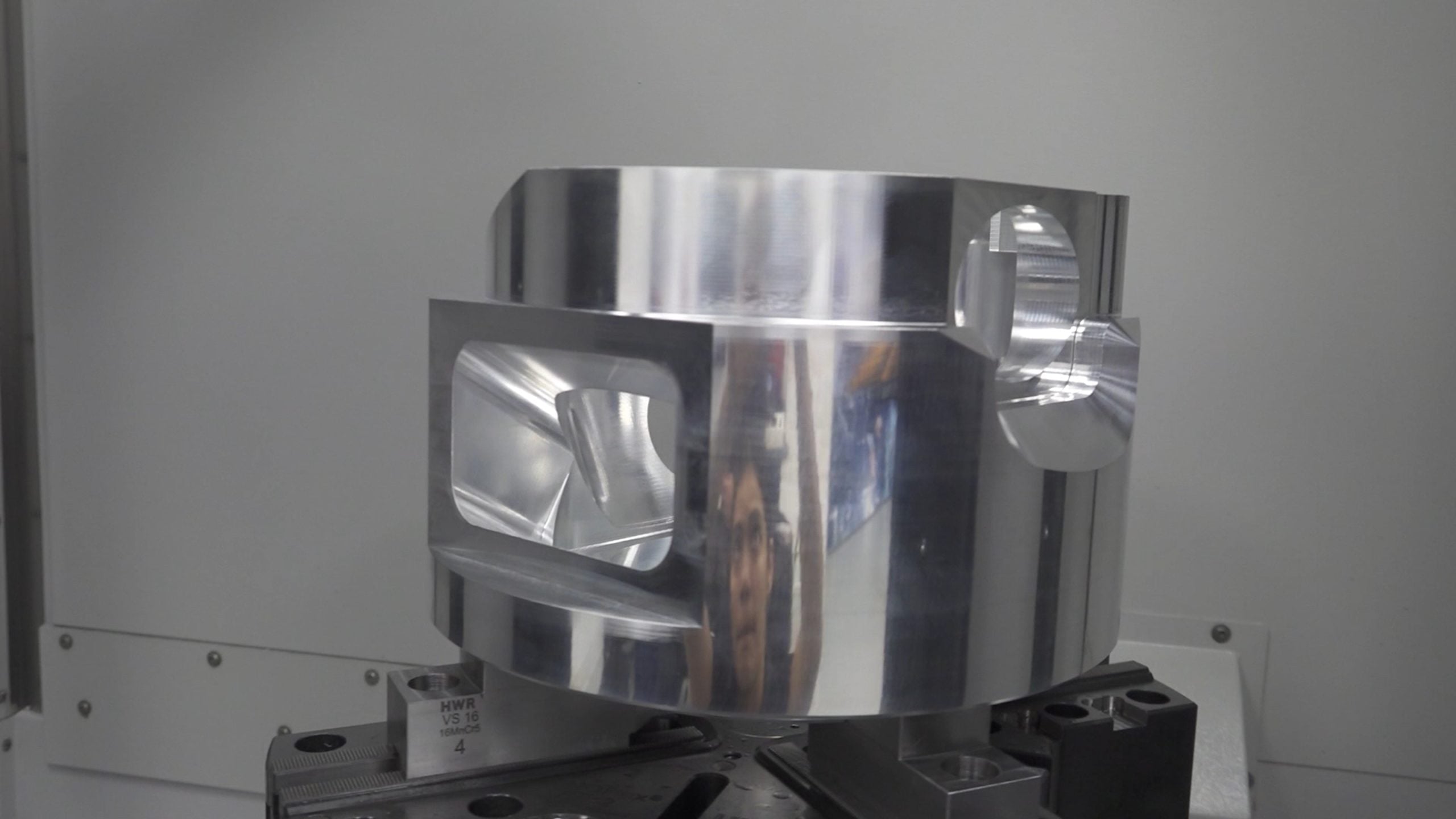
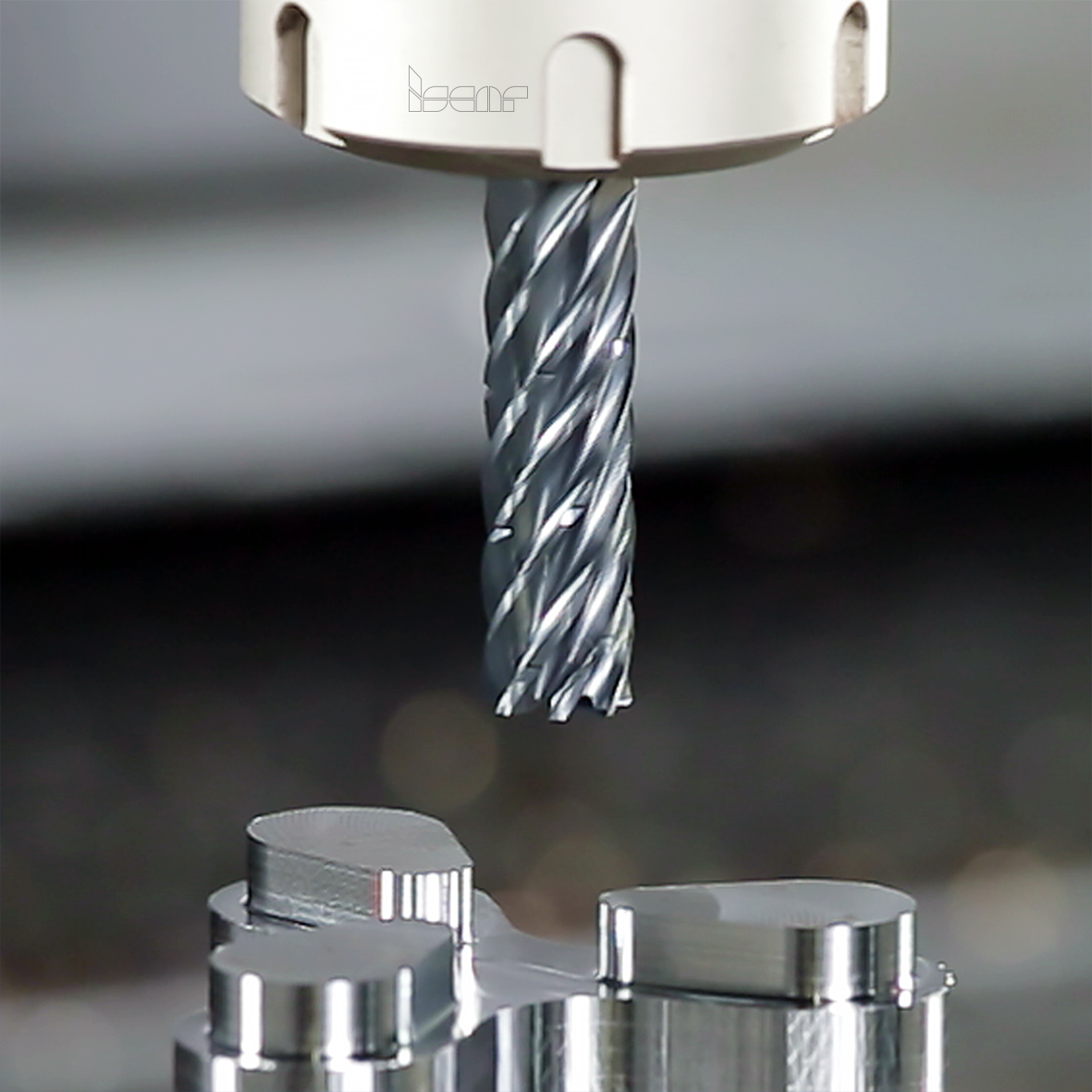
Several decades ago, the introduction of machine tools with increased rotary and linear velocities was a paradigm shift for high-speed machining (HSM) methods. Peel milling or slicing, was one of these methods. The main principle of peel milling is its high depth of cut when coupled with a low width of cut. This combination features significant advantages.
 Decreasing the cut width reduces heat load on a cutting edge and allows higher cutting speed. In peel milling, the cutting speed can be higher when compared with traditional milling methods. The low width of cut significantly diminishes the radial component of a cutting force, which causes mill bending and vibration.
Decreasing the cut width reduces heat load on a cutting edge and allows higher cutting speed. In peel milling, the cutting speed can be higher when compared with traditional milling methods. The low width of cut significantly diminishes the radial component of a cutting force, which causes mill bending and vibration.
Radial chip thinning enables higher feeds to maintain the required accurate chip thickness. Therefore, milling with a small radial engagement and a substantial depth of cut at high cutting speeds and feeds is a good cause for improving machining productivity. Peel milling has proven to be productive in milling deep shoulders and wide edges. The slicing technique is successfully applied to rest milling.
The advance of CNC and CAM systems have generated further improvement: trochoidal milling with a complicated tool trajectory instead of a linear feed motion – suitable for peel milling. In mathematics, a trochoid is the curve, generated by the point of a circle rolling along a guide without sliding. In trochoidal milling, a cutting tool moves along a curve slicing thin and slim material layers.
Trochoidal milling is known to be very effective in machining deep slots, pockets, and cavities and is also a very promising method to mill hard materials, in particular titanium and high-temperature superalloys. In addition, trochoidal milling is extremely useful for improving performance when cutting in unstable conditions.
The major challenges in trochoidal milling are machine control and intelligent path programming. However, the cutting tool is often overlooked. Without the right tool, all efforts to design the trajectory and maintain uniform loading on the cutting edge reduces the expected results.
What are the features of trochoidal cutters?
Milling with high depths of cut increases tool overhang while the dynamical behaviour is crucial to ensure machining stability. When milling with a low width of cut, only one tooth engages the workpiece material at any given time. Optimising a contact area along the tooth is an important factor for stable milling.
Even a brief examination of the above shows that multi-flute solid carbide endmills (SCEM) comply with the requirements in the best way. These endmills have their own design features that can be identified in the latest ISCAR product line. Several features characterise these products: a) different helix and variable angular tooth pitch that provide a vibration-resistant design to improve stability in HSM with high overhang, b) a specially shaped flute that results in an increased core diameter to improve dynamic strength, and c) enough space for chip gullet to ensure smooth chip flow. The diameter range of ISCAR’s SCEM for trochoidal milling is 2-25mm.
 CHATTERFREE EC-E7/H7-CF solid carbide endmills have 7 flutes and a variety of corner radii. They are available in a series of two, three, four and six cutting length-to-diameter ratios. The endmills are produced from PVD coated ultra-fine carbide grade IC902. The key distinctive feature of 7 flute endmills ECP-H7-CF (Fig. 1) is the chip-splitting geometry of a cutting edge. Introducing this geometry provides increased performance at high overhang and significantly improves chip evacuation in machining deep pockets and cavities.
CHATTERFREE EC-E7/H7-CF solid carbide endmills have 7 flutes and a variety of corner radii. They are available in a series of two, three, four and six cutting length-to-diameter ratios. The endmills are produced from PVD coated ultra-fine carbide grade IC902. The key distinctive feature of 7 flute endmills ECP-H7-CF (Fig. 1) is the chip-splitting geometry of a cutting edge. Introducing this geometry provides increased performance at high overhang and significantly improves chip evacuation in machining deep pockets and cavities.
If trochoidal milling is applied to shallow slots or corners of titanium parts, 6 flute MULTI-MASTER exchangeable heads that were recently introduced may be a more suitable solution (Fig. 2). The head design has enabled a robust product for efficient machining hard-to-cut titanium grades such as Ti-10V-2Fe-3Al and Ti-5Al-5Mo-5V-3Cr. This review would be incomplete without some notes about tool holders, which are essential to the success of trochoidal milling. Machining practice shows that the best results are reached when the milling cutters are mounted in hydraulic or heat shrink chucks.



